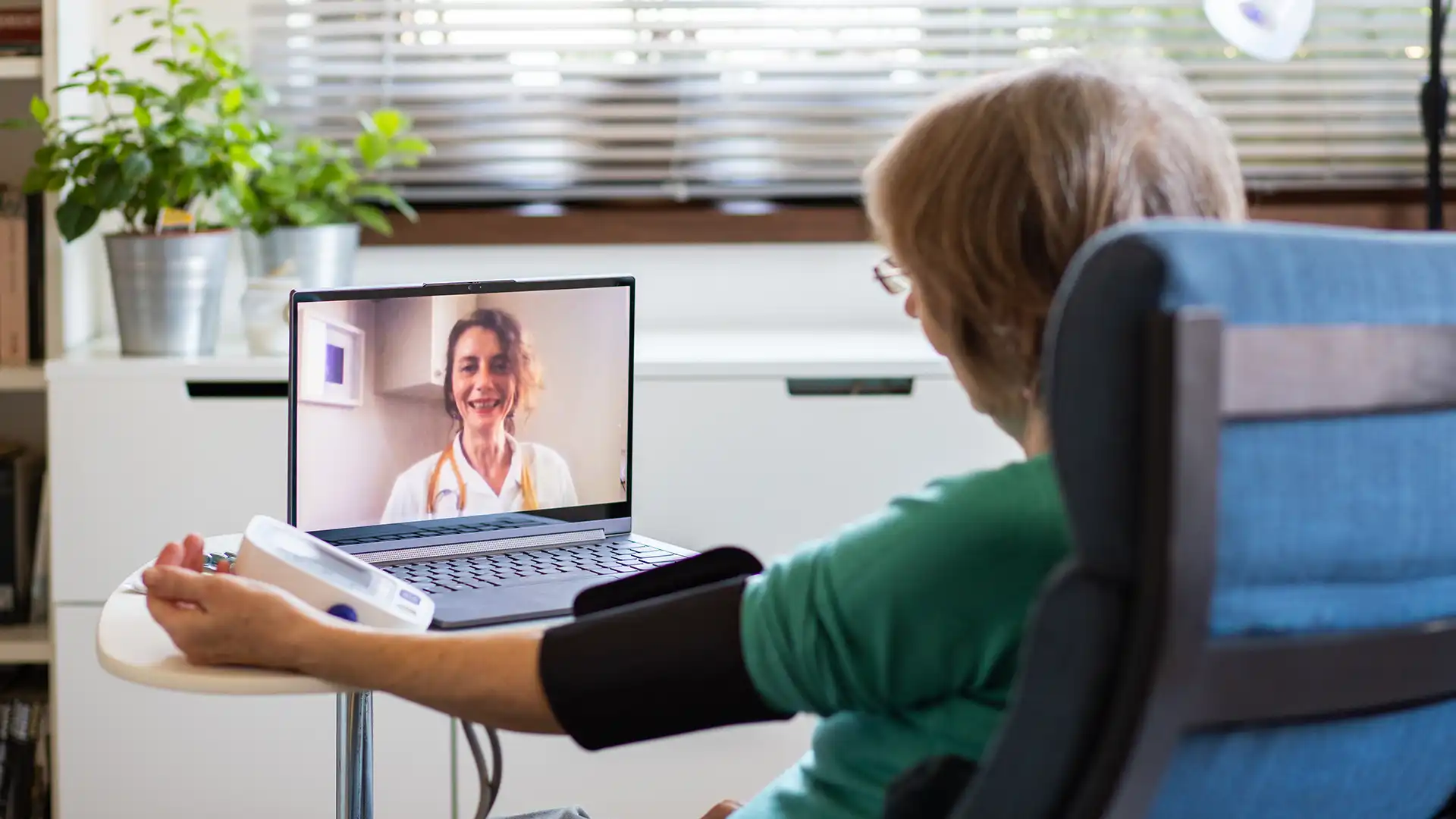Cluster headaches are not your average headaches. They’re intense, fast, and unforgiving, causing searing pain that typically hits one side of the head, often around the eye. They come in waves, or “clusters,” striking multiple times a day for weeks or months before going into remission.
In this article, you’ll get a full breakdown of what causes cluster headaches, how to recognize the symptoms, and, most importantly, how to treat and manage them.
What Is a Cluster Headache?
A cluster headache is a type of trigeminal autonomic cephalalgia, a group of rare but severe headache disorders. These headaches come in clusters, meaning they occur regularly over some time, followed by pain-free intervals that can last months or even years.
Unlike migraines, which build slowly, a cluster headache hits fast and hard. Most people describe the pain as a stabbing or burning sensation, usually centered around one eye or temple. The pain typically peaks within minutes and can last anywhere from 15 minutes to 3 hours.
Key Signs and Symptoms
One of the most distinctive features of a cluster headache is its rhythm. Attacks often happen simultaneously each day, sometimes waking people up at night. The pain is always one-sided, accompanied by physical symptoms that can help doctors identify the condition.
Cluster headache symptoms often include eye redness, tearing, nasal congestion, or a drooping eyelid on the same side as the pain. Unlike migraine sufferers who usually seek rest in a dark room, people with cluster headaches tend to be restless and unable to stay still.
What Triggers Cluster Headaches?
Researchers still don’t fully understand the exact mechanism behind cluster headaches, but the hypothalamus, the brain’s internal clock, is believed to play a significant role. This could explain why cluster headaches follow a daily cycle and seasonal patterns.
Although the underlying causes are neurological, certain external factors can act as triggers during a cluster period. These include alcohol, bright lights, strong smells like gasoline or perfume, and even minor changes in your sleep schedule.
Other standard cluster headache causes may include smoking or exposure to high altitudes. While these triggers don’t cause the condition itself, they can spark an episode in someone predisposed.
Diagnosing the Condition
There’s no single test that can definitively diagnose a cluster headache. Instead, your doctor will look closely at your symptoms, attack patterns, and rule out other potential causes like brain tumors or aneurysms using imaging such as CT or MRI scans.
Keeping a headache diary is one of the most helpful things you can do. Record when your headaches occur, how long they last, and what symptoms are present. This documentation can significantly speed up the diagnostic process and ensure you receive the proper cluster headache treatment.
How Cluster Headaches Are Treated
There’s no cure for cluster headaches, but there are effective treatments for short-term relief and long-term prevention. The key is to act fast and have a plan in place as soon as symptoms start.
For acute attacks, fast-acting treatments like oxygen therapy and injectable triptans (such as sumatriptan) are often the most effective. These therapies work best when administered immediately at the onset of an attack. Oxygen therapy, in particular, can provide relief within 15 minutes when inhaled through a face mask.
Preventive treatment focuses on reducing the frequency and severity of attacks during a cluster period. Verapamil is one of the most commonly used preventive cluster headache medications and often requires close monitoring of heart function. In some cases, corticosteroids or lithium may also be prescribed, depending on your response to other treatments.
What You Can Do at Home
Minor lifestyle adjustments can make a big difference when you’re in the middle of a cluster period. Knowing what to avoid and how to create an environment that supports recovery is essential:
- Avoid alcohol entirely during cluster periods—it’s a guaranteed trigger for most sufferers.
- Stick to a consistent sleep schedule to avoid disrupting your body’s natural rhythms.
For tips on how to get rid of a cluster headache, consider making lifestyle changes such as avoiding strong odors, bright lights, and stress. While these steps may not stop a cluster period entirely, they can lessen the severity and frequency of your headaches.
Conclusion
So, what is a cluster headache? It’s more than just a headache—it’s a neurological condition marked by intense, one-sided attacks that come in patterns. While the pain is severe, relief is possible through fast-acting treatments, preventive medications, and thoughtful lifestyle changes.
If you think you’re dealing with cluster headaches, don’t wait for the next attack. Talk to a medical professional through our telehealth services, get a diagnosis, and implement a treatment plan. With the right approach, you can reduce the disruption they cause and regain control over your daily life.
Frequently Asked Questions (FAQs)
How long do cluster periods usually last?
Cluster periods typically last between 6 and 12 weeks, although some experience shorter or longer episodes.
Do cluster headaches go away on their own?
They often enter remission for months or even years, but without treatment, they can return just as suddenly as they disappeared.
Are cluster headaches genetic?
There may be a genetic component, as the condition tends to run in families, but more research is needed to confirm this link.



